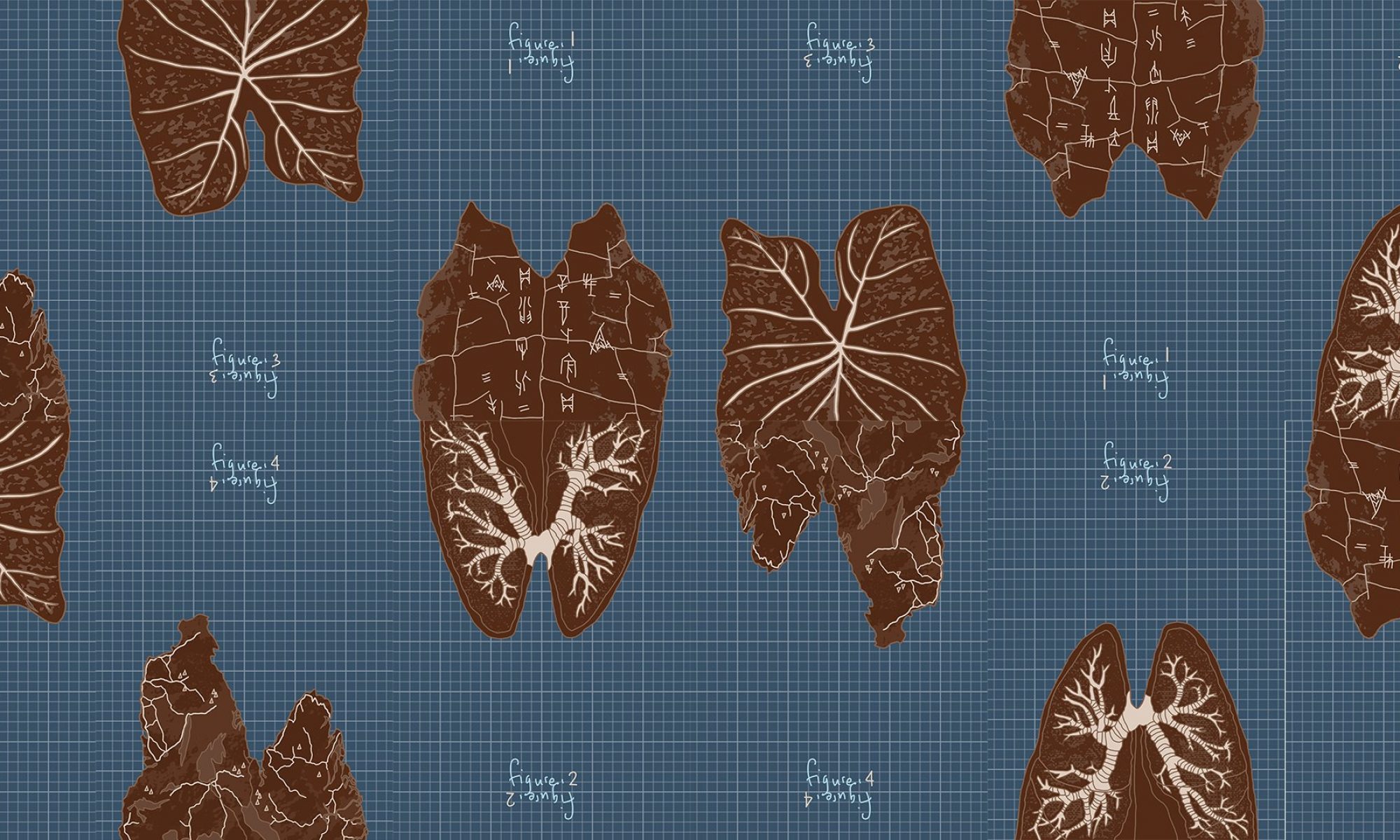It had been a few years since I last visited Future World when it first opened so I didn’t have very high expectations about revisiting it this time, especially since a large part of it was designed to appeal to younger children and I was aware of how much older I was now. While the installations were intriguing for me back then, I thought I had been somewhat “desensitised” to interactive technologies, given its extensive exposure in Singapore over the past years (at iLight, Singapore Night Festival etc). So when I caught myself actually enjoying myself during this visit, I was honestly surprised. I was still fascinated by how the technologies empowered me to shape my surroundings and be a co-creator in the installations – alongside others. Revisiting Future World this time has led me to believe that every person regardless of age has an innate desire for play and impulse to create. Appealing to these instincts I think, is the greatest draw of interactive art. It has a powerful potential to engage viewers in a way other art forms cannot.
Technologies were used in different ways to encourage the participation and immersion of visitors. Different works required different extents of participation from visitors. While installations like “Sketch Aquarium” required them to simply touch the screen or colour and scan in their artwork, others demanded more physical activity and involvement of the body. In “Inverted Globe, Giant Connecting Block Town”, visitors had to physically bend down, pick up building houses, and navigate themselves within the room to build the city and its transport networks. On the floor map, roads and rivers would appear where they placed their building blocks. I enjoyed how their physical actions involved more deliberation and conscious thought, in deciding the position of their placements, compared to other exhibits like the slide where there is no meaningful control attached to the action of sliding.

The magnitude of that change that each installation allowed viewers to affect also differed. Personally I was more emotionally gripped by those that translated my input to something of a larger scale, like when my single touch of the wall created an elephant out of thin air 5 times larger than myself, or when my simple choice of a star changed the colour patterns and sound waves of the galaxy of LED lights (interface on asm-universe.team-lab.com).

That is not to say that I also derived great delight in watching my own scanned drawing appear as part of a greater collective tapestry, or when I made more subtle interventions like blocking the way of a tiny bull projected on a table with my hand.


In trying to engage the visitor, many of the installations strove for the Gesamtkunstwerk ideal to appeal to multiple senses. A lot combined the use of sound/music with tactile and visual stimuli. Glowing balls did not only change colour in response to touch, but also sang notes of different frequencies corresponding to the colour.
Thinking about it now, despite the installations being positioned in relative close proximity to one another, especially in the last section of the exhibition, they fit together harmoniously, as a whole environment. Multiple soundtracks from different installations could be playing simultaneously in the vicinity, but they all blended together somewhat, together with the different coloured lights emanating from the different works, to form one large seamless, interactive, immersive playground.

